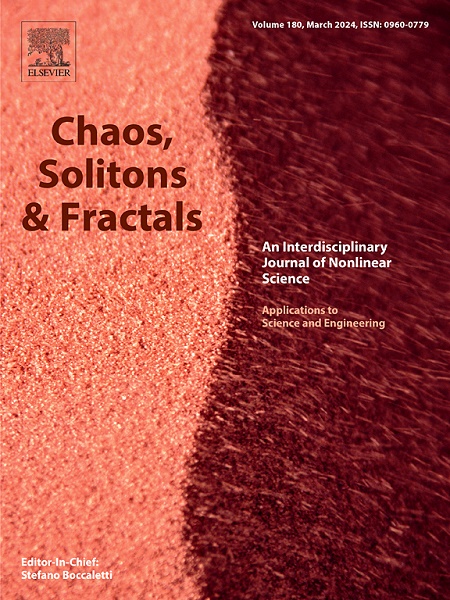Modelling mercury dynamics in the food web of the Augusta Bay
IF 5.6
1区 数学
Q1 MATHEMATICS, INTERDISCIPLINARY APPLICATIONS
引用次数: 0
Abstract
Mercury (Hg) contamination represents a significant environmental and public health challenge, particularly in heavily industrialized marine areas. The Augusta Bay, one of the most polluted marine ecosystems in Southern Italy, exemplifies the urgent need for integrated approaches to understand and mitigate Hg impacts. This study is the first to apply a multi-scale modelling framework to address Hg contamination in this region. By integrating environmental processes, food web dynamics and human health impacts, our analysis provides a comprehensive knowledge of Hg pathways and region-specific risks. The framework combines three advanced models. The HR3DHG model reproduces the transport and transformation of Hg species in seawater and sediments, with outputs validated through experimental data collected during extensive field campaigns. The HR3DHG model outputs are then used as inputs for the INTFISH model, which accurately reproduces Hg concentrations in marine organisms of the Augusta Bay while accounting for feeding habits and ecological interactions. Finally, the BBD model addresses the human health dimension by simulating the internal dynamics of methylmercury and its inorganic metabolites in the human body under chronic exposure scenarios. The experimental data coming from the Augusta Bay and their comparison with the values measured in the Hyogo Prefecture (Japan) allowed us to confirm the robustness and relevance of our results (model validation). This innovative framework devised for the Augusta Bay, offers a powerful tool for assessing ecosystem and human health risks associated with Hg contamination, and supports interventions targeted to mitigate the impacts of Hg pollution in coastal areas.
模拟奥古斯塔湾食物网中的汞动力学
汞污染是一项重大的环境和公共健康挑战,特别是在高度工业化的海洋地区。奥古斯塔湾是意大利南部污染最严重的海洋生态系统之一,它表明迫切需要综合方法来了解和减轻汞的影响。这项研究首次应用多尺度建模框架来解决该地区的汞污染问题。通过整合环境过程、食物网动态和人类健康影响,我们的分析提供了关于汞途径和区域特定风险的全面知识。该框架结合了三种先进的模型。HR3DHG模型再现了海水和沉积物中汞的运输和转化,其结果通过在广泛的实地活动中收集的实验数据得到验证。HR3DHG模型的输出随后被用作INTFISH模型的输入,该模型在考虑摄食习惯和生态相互作用的同时,准确地再现了奥古斯塔湾海洋生物中的汞浓度。最后,BBD模型通过模拟慢性暴露情景下甲基汞及其无机代谢物在人体内的内部动力学来解决人类健康问题。来自奥古斯塔湾的实验数据及其与兵库县(日本)测量值的比较使我们能够确认结果的稳健性和相关性(模型验证)。这一为奥古斯塔湾设计的创新框架为评估与汞污染相关的生态系统和人类健康风险提供了强有力的工具,并支持旨在减轻汞污染对沿海地区影响的干预措施。
本文章由计算机程序翻译,如有差异,请以英文原文为准。
求助全文
约1分钟内获得全文
求助全文
来源期刊

Chaos Solitons & Fractals
物理-数学跨学科应用
CiteScore
13.20
自引率
10.30%
发文量
1087
审稿时长
9 months
期刊介绍:
Chaos, Solitons & Fractals strives to establish itself as a premier journal in the interdisciplinary realm of Nonlinear Science, Non-equilibrium, and Complex Phenomena. It welcomes submissions covering a broad spectrum of topics within this field, including dynamics, non-equilibrium processes in physics, chemistry, and geophysics, complex matter and networks, mathematical models, computational biology, applications to quantum and mesoscopic phenomena, fluctuations and random processes, self-organization, and social phenomena.
 求助内容:
求助内容: 应助结果提醒方式:
应助结果提醒方式:


